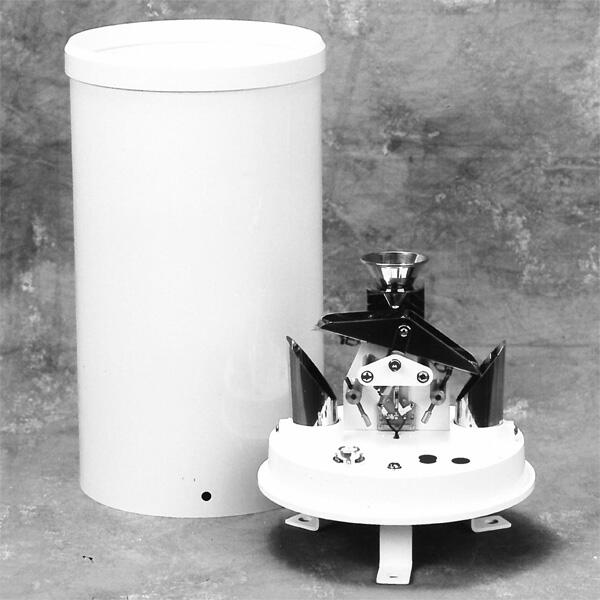# Slope: A Comprehensive Guide to Understanding and Utilizing Its Potential
Slope is a fundamental concept in mathematics, physics, and engineering, playing a crucial role in various applications. Whether you’re analyzing the steepness of a hill, calculating the rate of change in a function, or designing a ramp for accessibility, understanding slope is essential. This guide will delve into the intricacies of slope, its significance, and how to effectively utilize it in different contexts.
## What is Slope?
Slope is a measure of how steep a line is. In mathematical terms, it represents the ratio of the vertical change (rise) to the horizontal change (run) between two points on a line. The formula for slope (m) is:
m = (y2 – y1) / (x2 – x1)
Where (x1, y1) and (x2, y2) are two distinct points on the line. A positive slope indicates an upward trend, while a negative slope signifies a downward trend. A slope of zero means the line is horizontal, and an undefined slope corresponds to a vertical line.
## Applications of Slope
### 1. **Geography and Topography**
In geography, slope is used to describe the steepness of terrain. It helps in understanding the gradient of hills, mountains, and valleys, which is crucial for activities like hiking, construction, and environmental planning. For instance, knowing the slope of a hill can determine the feasibility of building a road or the risk of landslides.
### 2. **Physics and Engineering**
In physics, slope is often used to represent velocity, acceleration, and other rates of change. For example, in a distance-time graph, the slope of the line indicates the speed of an object. In engineering, slope calculations are vital for designing structures like bridges, ramps, and roads, ensuring they meet safety and accessibility standards.
### 3. **Economics and Finance**
In economics, slope is used to analyze trends and relationships between variables. For instance, the slope of a demand curve shows how the quantity demanded changes with price. In finance, slope can represent the rate of return on an investment over time, helping investors make informed decisions.
## Calculating Slope: Step-by-Step
Calculating slope is straightforward if you follow these steps:
1. **Identify Two Points**: Choose two distinct points on the line, (x1, y1) and (x2, y2).
2. **Determine the Rise**: Calculate the difference in the y-coordinates (y2 – y1).
3. **Determine the Run**: Calculate the difference in the x-coordinates (x2 – x1).
4. **Divide Rise by Run**: The slope (m) is the ratio of the rise to the run.
For example, if you have points (3, 4) and (7, 10), the slope would be:
m = (10 – 4) / (7 – 3) = 6 / 4 = 1.5
## Practical Tips for Utilizing Slope
### 1. **Graphical Interpretation**
When analyzing graphs, always pay attention to the slope. A steeper slope indicates a faster rate of change, while a gentler slope suggests a slower rate. This can be particularly useful in fields like economics, where the slope of a trend line can indicate market trends.
### 2. **Real-World Applications**
In real-world scenarios, understanding slope can help you make better decisions. For example, when designing a wheelchair ramp, knowing the slope ensures it meets accessibility standards. Similarly, in agriculture, slope analysis can help in determining the best areas for planting crops to prevent soil erosion.
### 3. **Software Tools**
Utilize software tools like MATLAB, Excel, or Python for complex slope calculations. These tools can handle large datasets and provide accurate slope values, saving time and reducing the risk of manual errors.
## Conclusion
Slope is a versatile and








